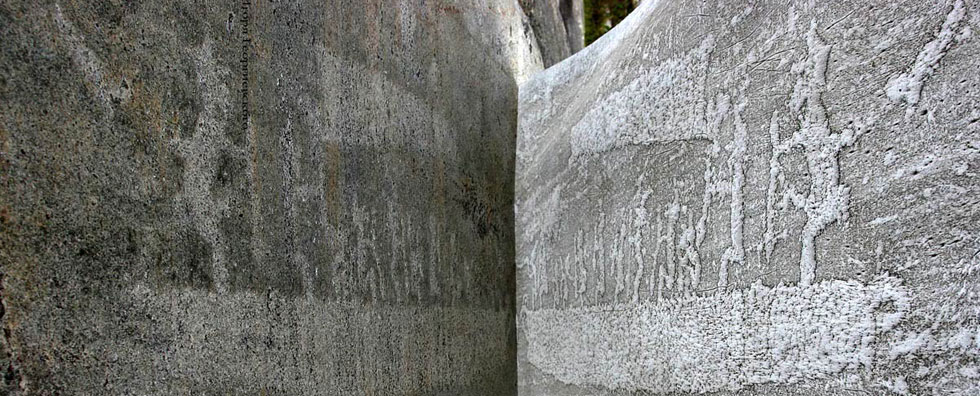
Issue №2, Vol. 17
Vlasov Y., Grigorev I., Kunitskaya O., Khitrov E. Analysis of research on wood waste pressing // Resources and Technology. 2020. №2, Vol. 17. P. 1‒22.
DOI: 10.15393/j2.art.2020.5183
Analysis of research on wood waste pressing
| Vlasov Yuri | Voronezh state forest engineering University named after G. F. Morozov, pobeda-872@yandex.ru |
| Grigorev Igor | Yakut state agricultural Academy, silver73@inbox.ru |
| Kunitskaya Olga | Yakut state agricultural Academy, ola.ola07@mail.ru |
| Khitrov Egor | Voronezh state forest engineering University named after G. F. Morozov, yegorkhitrov@gmail.com |
|
Key words: mathematical modeling wood waste pressing energy efficiency |
Summary: The most common types of biofuels produced from wood waste are pellets and briquettes. The operation of modern industrial granulation lines is profitable only when significant volumes of raw materials are processed, which is not the case for small timber processing enterprises. Requirements for the fractional composition and quality of raw materials are more stringent than in briquette production. Dry sawdust and shavings are considered the best raw materials for granulation. The transport and bulk density of pellets, which is approximately 650 kg / m3, is lower than the transport density of briquettes, which exceeds 1000 kg / m3. For these reasons, briquettes are an alternative to fuel pellets, which are better known on the market. At the same time, in the field of briquetting production, the last fundamental research in our country was carried out by N. A. Modin in 1971. Lack of scientific information hinders further improvement of the technological process of briquetting wood processing waste. Models of static pressing of crushed wood materials have been developed, based on the assumption that the processing speed does not significantly affect the compaction performance. This assumption is not true in all cases, since the deformation of the material is influenced not only by inertial effects, which can be fairly ignored during static pressing, but also by the rheological properties of the briquetted raw material, which are also manifested in relatively "slow" processing modes. The nature of the required compacting pressure change that rapidly increases with the density of the briquette more than 1000 kg/m3, is not quite accurate in the known models due to the use of linear expressions of the material stress-related characteristics of the briquette density. |
Displays: 1061; Downloads: 779;




